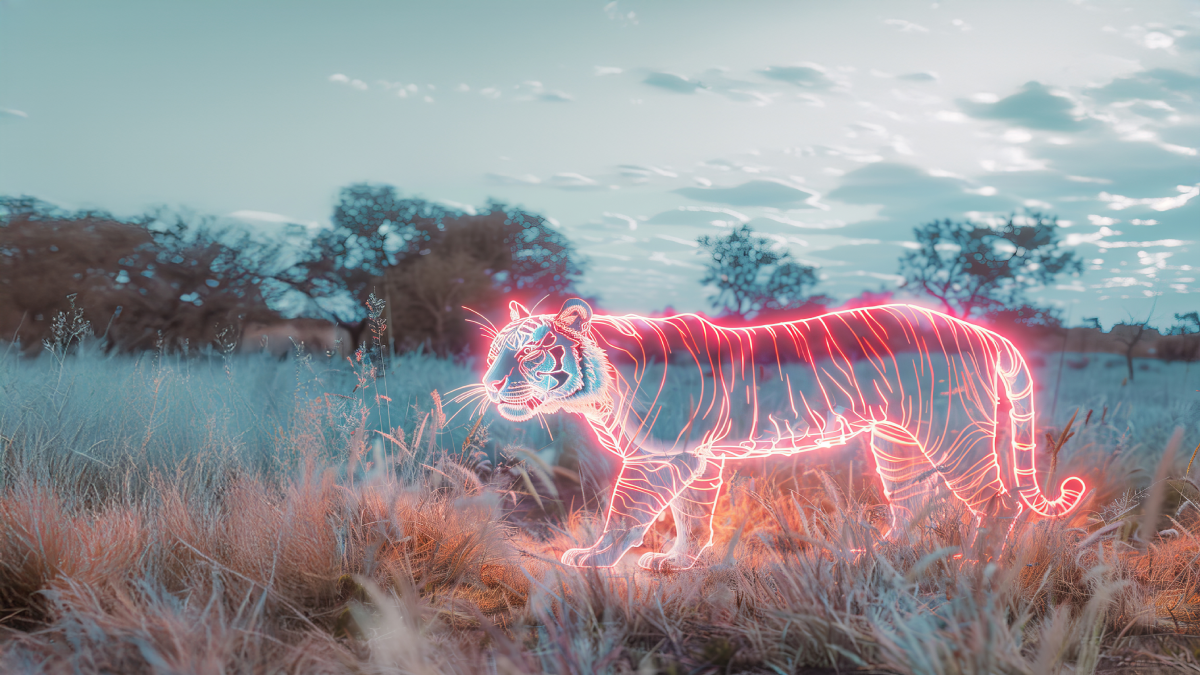For many artists, creativity isn’t just a career, it’s a calling. From a young age, some just knew they were meant to create. But in today’s world, passion often comes with a price. Many artists struggle to make ends meet, not because they lack talent, but because the systems around them are changing—fast.
And nothing has shaken the creative world quite like the rise of generative AI.
At first, it was awe-inspiring. Artists would input a few prompts into an AI tool and instantly get vivid visuals, lifelike characters, or alternate universes beyond imagination. It was like tumbling down a rabbit hole of infinite creativity—no boundaries, no budgets, just ideas rendered into reality in seconds.
The tools could explore dynamic camera angles, impossible scenes, and styles once out of reach. For many, it was a thrilling evolution. But for others, it sparked unease.
Because the reality is that AI is no longer merely a helper. It’s creating. Entire images, music scores, films, and written pieces—crafted in seconds by machines trained on years of human work.
Some view this as a revolution. Others see it as a threat.
A Double-Edged Brushstroke
Generative AI is changing the rules of artmaking. Companies like Runway, based in New York City, have created platforms tailored for filmmakers and designers. These tools blend illustration, motion, and storytelling into a single accessible process.
One artist spoke about using Runway to animate hand-drawn creatures, placing them into immersive environments and experimenting with scenes like becoming an astronaut floating in space or transforming into a creature from another galaxy. The possibilities felt limitless.
Yet, as exciting as it is, this technology sits at the center of a heated debate.
Artists are asking hard questions: Who owns the art AI creates? Where is the data coming from? And why are their works—often uploaded online to build careers—being fed into AI systems without permission?

The Data Dilemma
Numerous generative AI systems are trained using massive image datasets collected from the internet, consisting of billions of images along with their associated text descriptions.
And hidden in those datasets are thousands of artworks created by living, working artists, some of whom discovered, much to their dismay, that their pieces were being replicated and mimicked without credit or compensation.
One artist shared how over 50 of her paintings had been used to train AI. Now, someone can type her name into a prompt, and the algorithm can generate new works “in her style.” For her, it’s not just disturbing, it’s like a “plagiarism slot machine.”
It’s a betrayal of trust. These artists put their work online in good faith to gain exposure and connect with audiences—not to have their creativity harvested by algorithms.
Copyright Confusion and Legal Lag
The core of the issue lies in intellectual property. Traditionally, if you create something, it’s yours. But AI companies have often sidestepped this, arguing that publicly available art can be used under “fair use.” Legal experts and artists aren’t convinced.
Currently, there are lawsuits in motion targeting generative ai music, video, text, and image tools. However, technology evolves rapidly, while the legal system tends to progress at a much slower pace. Many of these battles are expected to drag on for years, leaving artists vulnerable in the meantime.
To protect themselves, some creatives are turning to tools like Nightshade, which subtly alters their images to confuse AI training models. Others try to opt out from datasets—but these processes are tedious and shift responsibility to the artist, the very person being exploited.
A New Frontier—Or an Artistic Crisis?
Despite the controversy, generative AI is unlocking opportunities for those previously excluded from traditional artistic spaces. Filmmakers can now render Hollywood-quality scenes from home. With a few clicks, illustrators can quickly make static images come to life. Storytellers can build immersive worlds in minutes.
But many fear we’re nearing a tipping point—a future flooded with synthetic content where genuine human creativity is drowned out. When everything is generated, how do we value what’s real?
There’s a growing call for regulation—not to halt innovation, but to protect the very people who inspire it. Artists need clarity, compensation, and control over their work. The stakes are high. Without protection, many artists may be priced out of their own profession.
And when that happens, the world doesn’t just lose images. It loses imagination.
The Soul of the Work
In the end, some creators continue to value maintaining a personal touch. One filmmaker spoke about how even while using AI, they ensure their work is guided by emotion, intention, and humanity. Because while AI can generate, it can’t feel. It can’t struggle. It can’t dream.
That’s what sets real art apart.
The future of creativity is being written right now, in code and brushstrokes, courtrooms and classrooms. The future of AI as either a powerful ally or a potential threat hinge on the choices we make now and the perspectives we prioritize.
If we silence the artists, we silence the soul of society. And without that, what kind of world are we left with?

